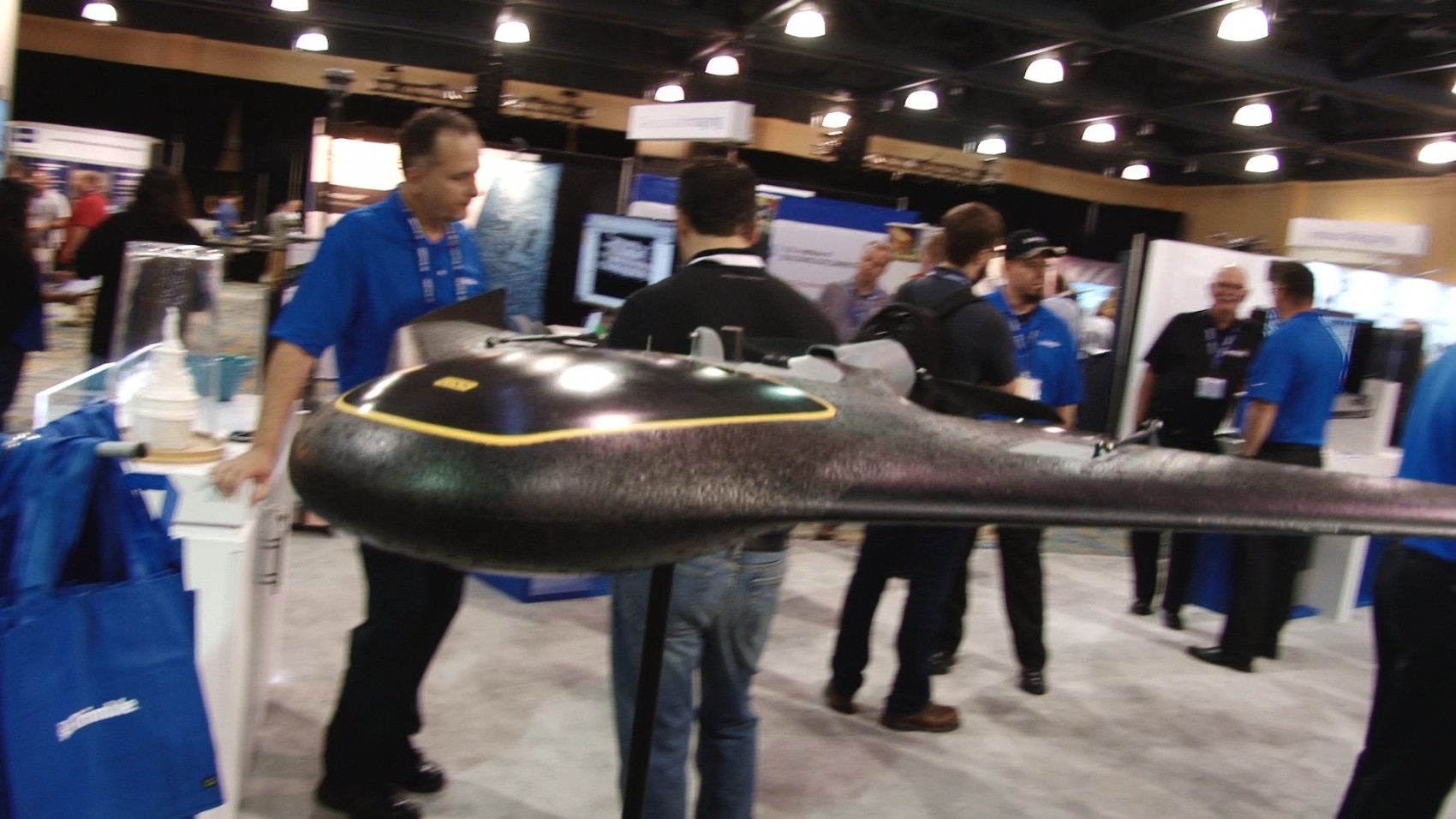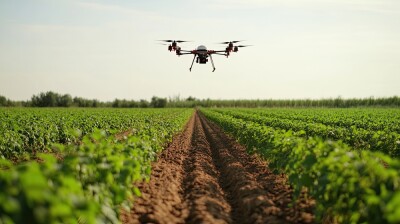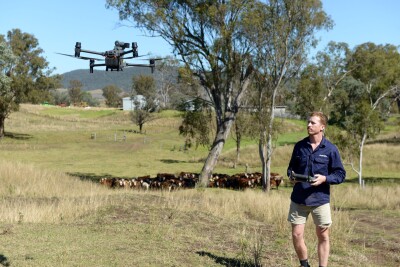At the SPAR 3D Expo & Conference, attendees are able meet and discuss end-to-end 3D business and technology considerations for various industries ranging from surveying and mapping to digital historic preservation. Professionals in these spaces need to be able to stay up-to-date with the latest developments to the technology because new applications and use cases can literally change the way they work.
UAVs represent an incredible evolution in terms of a change to the way professionals in these industries approach their work, since the scanning tools that have normally been limited to a single perspective can now be sent into the air to capture a much more powerful one. Various solution providers attended SPAR to showcase how their solutions have been changed, augmented or even created because of drones, while there were also many tracks and sessions that incorporated or included info about the impact drones are making.

Jan Van Sickle
There are numerous areas on a project that have traditionally been off-limits to the people using a 3D scanner due to safety concerns either for them or for the other people on a project. In these instances their only alternative might have been to hire a fixed wing plane or make do with data that wasn’t especially ideal, but drones have given operators especially powerful options. Those new capabilities were discussed in specific detail in a number of sessions.
Jan Van Sickle discussed how drones are creating better, faster and cheaper options for open ditch pipelines, while Marc Zinck, David Day, Paul Ramirez and Goksel Dedeoglu
discussed what it meant to utilize a drone on a practical level, providing the audience with a specific look at how the technology can be developed and honed to elicit specific results.

Greg Bentley
UAVs were part of the discussion in a number of ways, and Keynote speaker Greg Bentley even mentioned them in his presentation, but he talked of them as more of a given in terms of how his company uses them, rather than something they’re looking to move forward with. That sort of perspective is proof of not only how far the technology has come, but also provided a great illustration at where it’s headed.
 Tools of the Trade
Tools of the TradeMany of the exhibitors on the show floor showcased a drone in their booth, as solution providers like LiDAR USA know the technology gets people excited in a way that few other things do. The Topcon booth had a drone that was at the center of their exhibit, while senseFly and microdrones showed off a number of their solutions that are entirely UAV-based.

From left to right: Dave Truch, Dyan Gibbens, Joe Betit, Sebastian Long, Julie Foguenne and Jeremiah Karpowicz
Attendees were able to explore specific possibilities with these vendors, and it was clear representatives were especially excited to talk through the possibilities with such an engaged audience. Additionally, some of those possibilities were discussed in a panel that featured UAV Expo Advisory Board members Dave Truch and Dyan Gibbens, and it was interesting to hear them talk through how UAVs have both augmented and improved the approaches 3D professionals can take.
Many people have questions that range from finding out what solution is going to be the best for them all the way to discovering how a drone can gather a certain type of data, and there are few other places or settings where those questions can be discussed and answered in such specific ways by experts who can provide critical insight.
Refinement and RedefinitionWhile drones have created a number of opportunities and have had a major positive impact for various professionals, legal and logistical concerns mean that utilizing a drone isn’t always a simple or easy process. It’s one thing to see and understand the potential these tools possess, but it’s absolutely essential for those same professionals to identify specifically what sort of data they need to gather and to understand what they need to do in order to fly safely and legally.

Challenges with legal and logistical concerns were a big theme for many of the discussion panels and even on the exhibit floor. Section 333 Exemptions are obviously available right now, but with the FAA set to redefine what it means to fly and operate a drone for commercial purposes, it’s more important than ever for operators to understand the nuances that exist in these areas.
With all that being said, it’s pretty obvious that the answer to how UAVs have impacted 3D scanning technology is “considerably”. With FAA regulations set to continue to change and evolve, those changes will only become more pronounced, and UAVs might soon be completely synonymous with the technology. Very soon we might be talking about the instances where 3D professionals
aren’t using a UAV, rather than when they are.


 Tools of the TradeMany of the exhibitors on the show floor showcased a drone in their booth, as solution providers like LiDAR USA know the technology gets people excited in a way that few other things do. The Topcon booth had a drone that was at the center of their exhibit, while senseFly and microdrones showed off a number of their solutions that are entirely UAV-based.
Tools of the TradeMany of the exhibitors on the show floor showcased a drone in their booth, as solution providers like LiDAR USA know the technology gets people excited in a way that few other things do. The Topcon booth had a drone that was at the center of their exhibit, while senseFly and microdrones showed off a number of their solutions that are entirely UAV-based.
 Challenges with legal and logistical concerns were a big theme for many of the discussion panels and even on the exhibit floor. Section 333 Exemptions are obviously available right now, but with the FAA set to redefine what it means to fly and operate a drone for commercial purposes, it’s more important than ever for operators to understand the nuances that exist in these areas.With all that being said, it’s pretty obvious that the answer to how UAVs have impacted 3D scanning technology is “considerably”. With FAA regulations set to continue to change and evolve, those changes will only become more pronounced, and UAVs might soon be completely synonymous with the technology. Very soon we might be talking about the instances where 3D professionals aren’t using a UAV, rather than when they are.
Challenges with legal and logistical concerns were a big theme for many of the discussion panels and even on the exhibit floor. Section 333 Exemptions are obviously available right now, but with the FAA set to redefine what it means to fly and operate a drone for commercial purposes, it’s more important than ever for operators to understand the nuances that exist in these areas.With all that being said, it’s pretty obvious that the answer to how UAVs have impacted 3D scanning technology is “considerably”. With FAA regulations set to continue to change and evolve, those changes will only become more pronounced, and UAVs might soon be completely synonymous with the technology. Very soon we might be talking about the instances where 3D professionals aren’t using a UAV, rather than when they are.














Comments